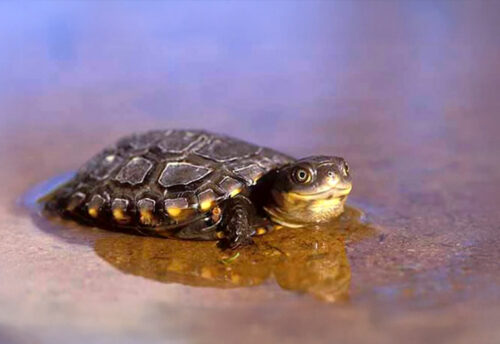
The African elephant. The largest land animal on earth. Intelligent, caring, and potentially fierce, these majestic creatures roam the savannas and forests of Africa in search of food, water, and partnership. African elephants are occasionally categorized into 2 subspecies: savanna elephants and forest elephants. This article will focus on the savanna species. African elephants live in Central and West Africa, sub-Saharan Africa, and the Sahel desert in Mali. These elephants are listed as Vulnerable by the IUCN due to habitat loss and poaching for the illegal ivory market.
First the Stats…
Scientific name: Loxodonta
Weight: Up to 13,000 lbs.
Length: Up to 24 feet
Height: Up to 10 feet
Lifespan: Up to 70 years
Now on to the Facts!
1.) Elephants have about 150,000 muscles in their trunk!
2.) They use their massive ears to cool themselves off. Their ears have a huge network of blood vessels that help to thermoregulate (regulate heat).
3.) When the temperature gets too hot to handle, they will cool off by siphoning water into their trunks and spraying themselves off. They usually follow this with a nice dust bath to help keep from getting sunburned.
4.) African elephants have larger tusks than Asian elephants and 2 “fingers” at the end of their trunk to help them grasp items.
5.) Like us humans, elephants can have a favorite side. This even applies to tusks. You can spot which side is there favorite due to that tusk being more worn down than the other.
But wait, there’s more on the African elephant!
6.) Tusks are actually very large incisors that begin to show by the age of 2.
7.) The tusks can be used to strip bark off trees and to dig up shrubs and roots. They are also used as a defense mechanism.
Did you know…?
Their trunks can hold over 2 gallons of water!
8.) Elephants eat grasses, roots, fruit, and even bark.
9.) African elephants can consume up to 300 lbs. of food a day!
10.) All elephants live in a matriarchal society. This means that the females rule the roost.
But wait, there’s still more on the African elephant!
11.) Elephant herds can contain between 6 – 20 animals, led by a dominant female.
12.) The herd depends on the matriarch to remember the locations of food, water, safe hiding spots, and locations to get out of the heat.
Did you know…?
They are extremely intelligent animals. Capable of showing advanced problem-solving skills and displaying empathy, mourning, and even self-awareness.
13.) Matriarchs are also responsible for teaching the younger members how to socialize with the other elephants.
14.) Using a low pitched seismic rumble, elephants can communicate over long distances via sound waves. Other elephants can hear these sounds up to 2 miles away!
15.) Their skin is up to 1 inch thick and wrinkled to help conserve moisture and repel heat.
But wait, there’s even more on the African elephant!
16.) Females give birth to a single calf, following a 22 month gestation (pregnancy).
17.) The newborn calf weighs between 150 – 350 lbs. and stands about 3 feet tall!
Did you know…?
In a strange twist of evolution, it has been discovered that some elephants are now lacking tusks altogether, in response to constant poaching.
18.) Young elephants are able to stand within 20 minutes of birth.
19.) An elephant’s temporal lobe (the section of the brain associated with memory) is larger and denser than that of humans. This aids in their incredible memory.
20.) There are approximately 415,000 African elephants left in the wild.
Now a Short African Elephant Video!
Also, check out the Critter Science YouTube channel. Videos added frequently!
Want to suggest a critter for me to write about? Let me know here.



